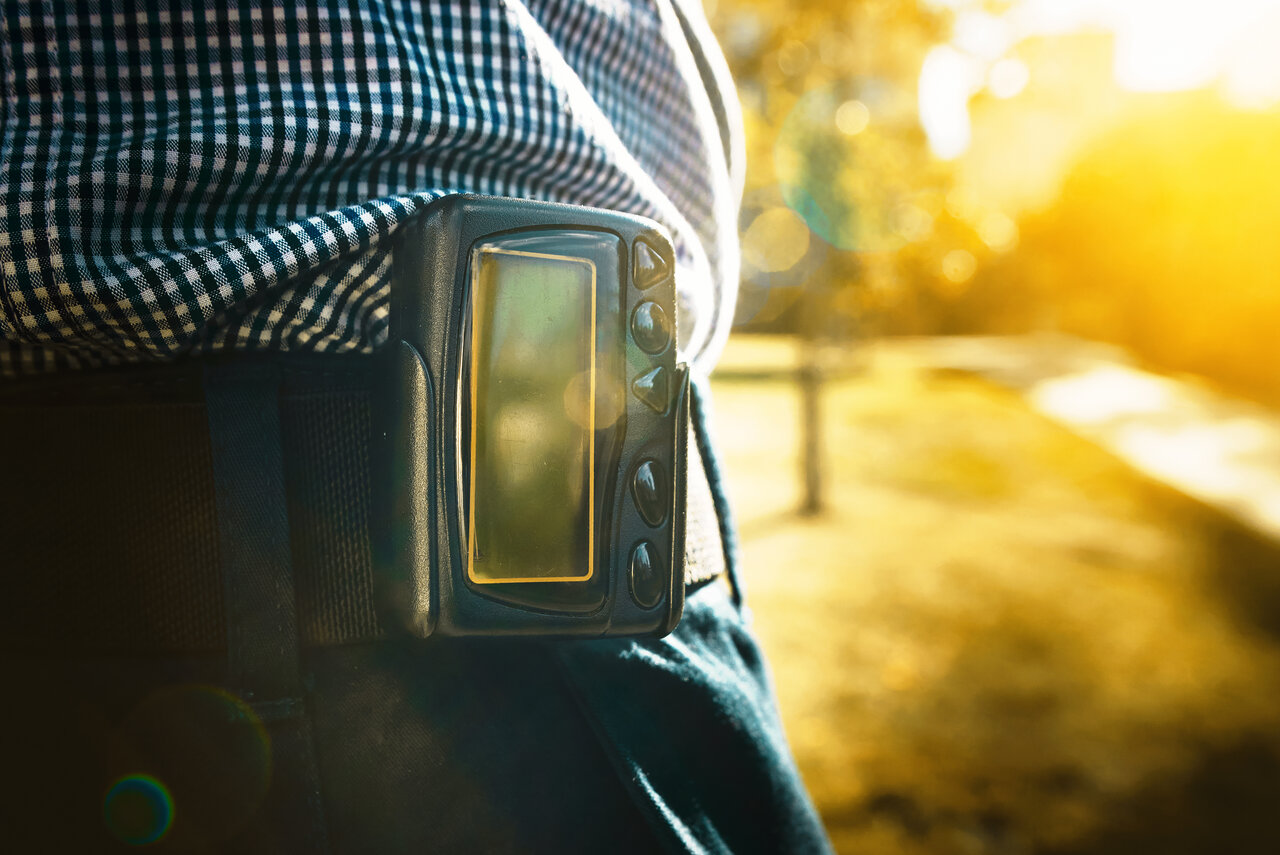Share This
Related Posts
Tags
Still Beeping
By Joel Nelson on Dec 9, 2024 in Technology
Some technologies lapse into obscurity when something more capable or easier to use comes along. Consider rotary telephones, floppy disks and VHS tapes. How about pagers, which came into service six decades ago?

Those small electronic devices, sometimes called beepers because of the sound they make when notifying users of a new message, haven’t disappeared. Although totaling less than 4% of the number in use at their peak popularity 30 years ago, pagers today constitute crucial infrastructure for many professionals, include health care providers and emergency responders, who require quick and secure communication functionality.
Pagers, which run on batteries, were patented in 1949 and originally designed for doctors. Motorola coined the word 10 years later and introduced the first consumer tone-only pager in 1964.
Expanding functionality and status
Radio frequencies managed by a network operator transmit signals that cause a pager to buzz, beep or vibrate, alerting the user to an incoming message. The message can comprise numbers, letters or both. Early models evolved to incorporate graphical displays, audio messaging, encryption, two-way functionality, wide-area paging capability and other enhanced features.
In the 1980s and 1990s, says U.S. News & World Report, tens of millions of pager users considered their devices “status symbols — belt-clipped signals that a wearer was important enough to be, in effect, on call at a moment’s notice.”
Multiple advantages
Today, pagers suit health care providers, workers in remote locations, emergency responders and others because they use their own communications channels rather than mobile networks or Wi-Fi. They are highly reliable in areas with poor or disrupted cell service, resist hacking, function in hazardous locations such as blazing structures and boast a durable design. They are easy to use and install with little training. Even restaurants use them to notify patrons when their table is ready.
Those leery of cell phones’ data collection functionality and identity theft risk might prefer pagers because users can’t be tracked.
The global market for pagers totaled $1.6 billion in 2023, according to Cognitive Market Research, with North America accounting for about $528 million of it. Around 2 million pagers are in use, compared to more than 60 million in their 1990s heyday.
Despite these diminished numbers, “this [technology] has been a culture of medicine for many, many years, and the pager is here to stay, most likely,” says Dr. Christopher Peabody, an emergency physician at San Francisco General Hospital.
“No matter how sophisticated smartphones become, until cellular networks can match the survivable architecture of the paging networks, pagers will remain a staple of critical communications for years to come,” adds Spok Inc., a Plano, Texas-based provider of communications platforms for hospitals and health systems.
